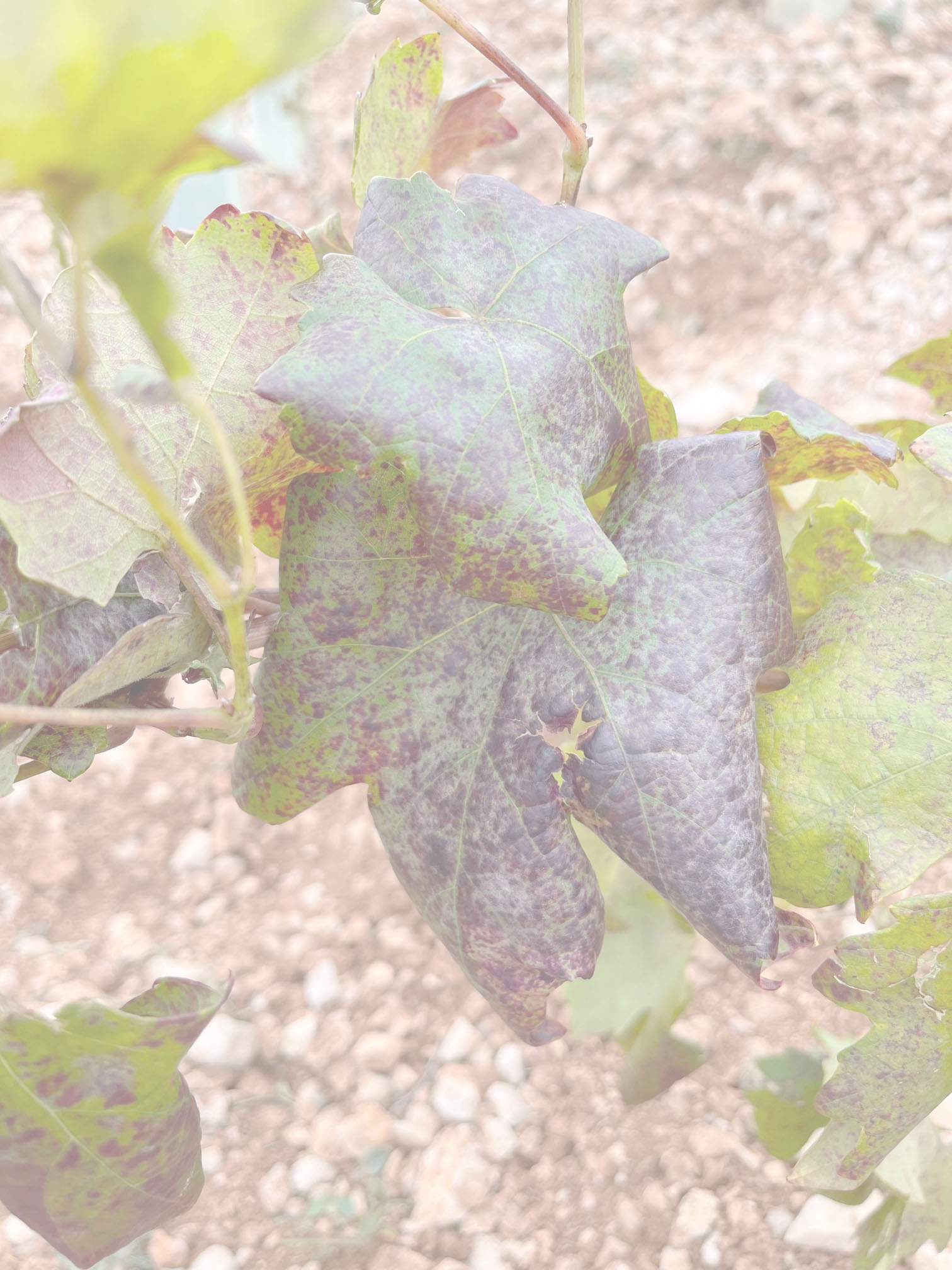Project is financed by the Croatian Science Foundation
(grant no. IP 2022-10-3103)
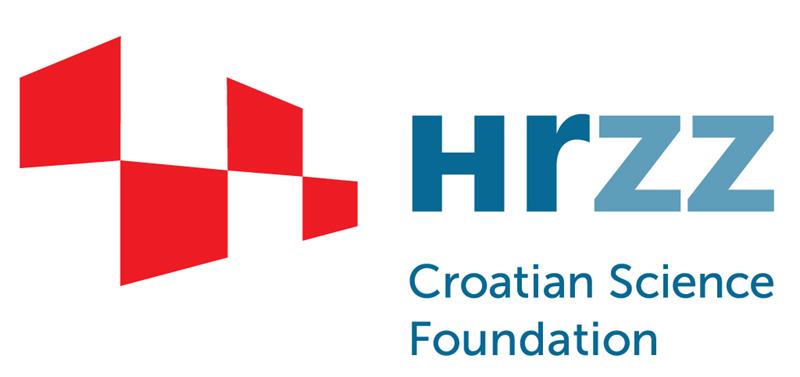
About the project
Viticulture in Croatia has a long tradition and is characterised by at least 125 autochthonous grapevine cultivars, of witch ‘Plavac mali’ is one of the most popular. About 15% of Criatian inhabitants are directly or indirectly connected with viticulture. At the same time grapevine viruses are considered a global problem and control strategies are based on preventive measures. Nevertheless, there is a lack of knowledge about alternative hosts, the behaviour of vectors, and the impact of climate change on the entire ecosystem. Croatian autochthonous grapevines, especially in coastal areas, are highly infected with viruses, particularly those of the leafroll (grapevine leafroll-associated virus 3, GLRaV-3) and rugose wood comlexes. The Kaštela region (Central Dalmatia) is characterised by various autochthonous cultivars, but also by grapevines frequently infected with more than 10 viruses, which provides an ideal natural platform for studying various aspects of grapevine virology. The first objective of the project is to screen perennial plants as potential alternative hosts in vineyards and surrounding areas for the presence of viruses using nanopore sequencing technology. Since limited data on the impact of the viruses on Croatian autochthonous cultivars, climate change and prolonged drought periods, the second objective is to determine the impact of GLRaV-3 on ‘Plavac mali’ exposed to different levels of water stress. Various physiological parameters will be measured and analysed, including quantification of GLRaV-3. The third objective is to determine the effect of watter stress and GLRaV-3 on the behavioural patterns (activity, movement, host selection) of vine mealybug (Planococcus ficus), a common pest in vineyards and GLRaV-3 vector. the results of the project will contribute to the development of new control strategies and provide valuable data on the impact of climate change and virus infection on ‘plavac mali’ production.
News
February 2025 – Participation in the 67th Conference on Plant Protection (Opatija)
We participated in the 67th Conferencce on Plant Protection with a presentation entitled “Planococcus ficus – common vector of economically improtant grapevine viruses“. This was Nina’s first oral presentation, informing the participants about the main symptoms caused by grapevine viruses and results of field survey obtained in 2024 related to the distribution and abundance of the wine mealybug (Planococcus ficus) in Croatia. The survey was conducted in 33 different vineyards and 305 vines were examined by bark removal. The collected mealybugs were identified by multiplex PCR.
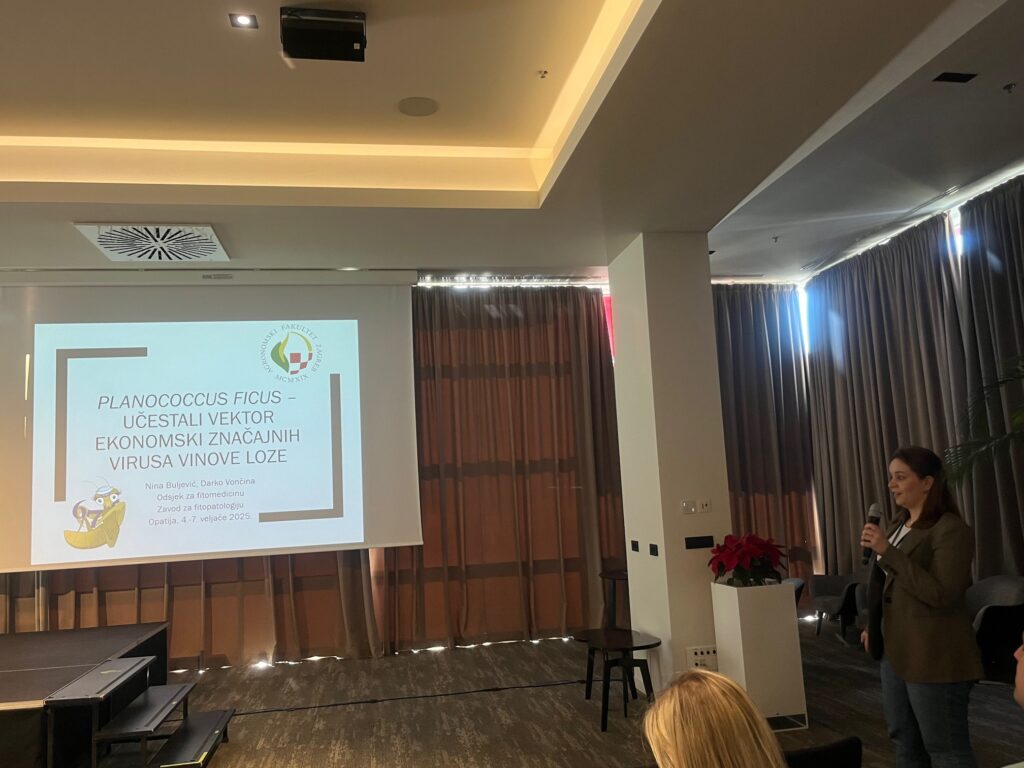
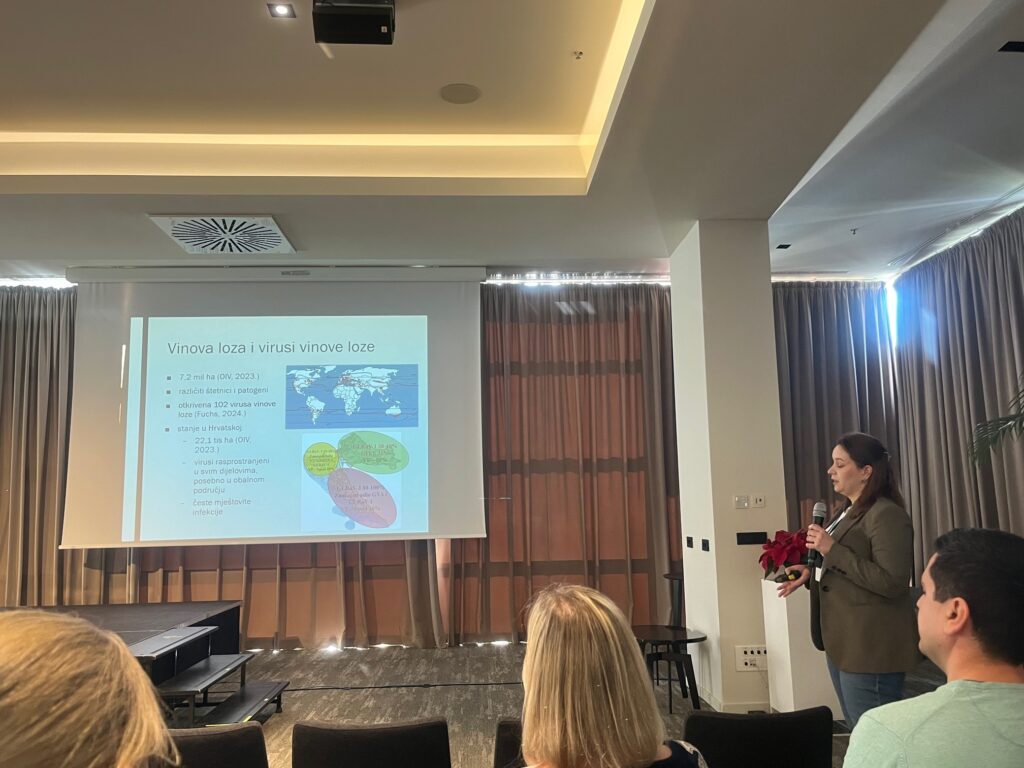
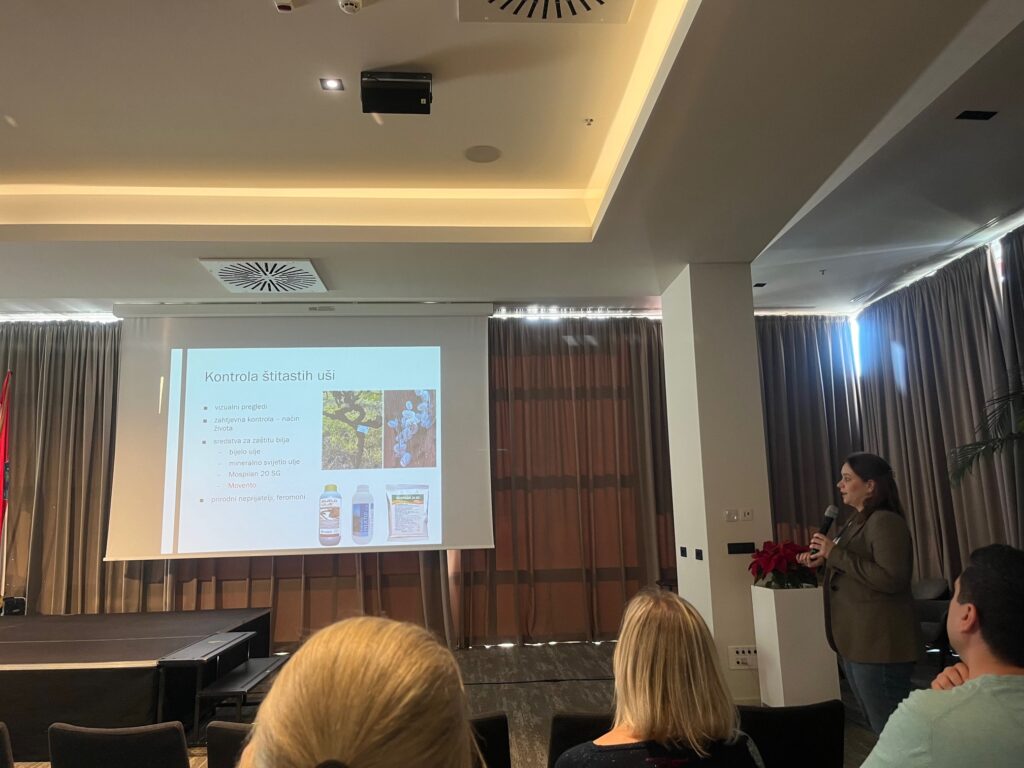
January 2025 – Farewell Boris! After a year of very productive collaboration, our team member Boris Lazarević has decided to submit a project proposal as project leader to the Weave iniciative (Croatian Science Foundation). Thank you Boris for everything you have done for the GRAVIPUZ project and good luck with your application!

December 2024 – Detection of grapevine viruses using Minion Mk1C (Oxford Nanopore Technology) – we started implementation of nanopore sequencing in our lab. Right now most promising pipeline is based on total RNA as a starting template for library prep. Three project members (Buljević, Tomaz, Vončina) finished ONT library preparation and sequencing course. We sucesfully detected sevaral grapevine viruses and viroids.
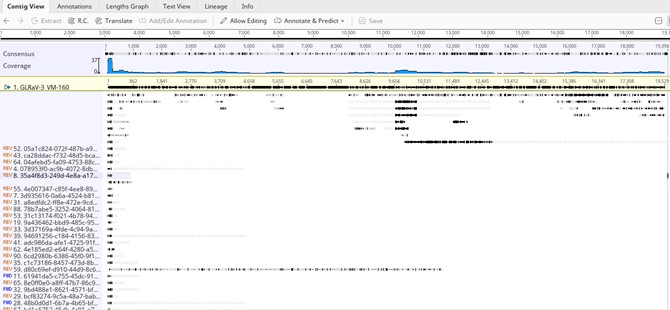
November 2024 – Protocol developed for the relative quantification of the Croatian GLRaV-3 isolate used in transmission trials. The protocol is based on the highly conserved RNA-dependent RNA polymerase (RdRp) and the stably expressed glyceraldehyde-3-phosphate dehydrogenase (GAPDH) as a reference gene. The developed method is based on qPCR and TaqMan probes. In the near future, we will try to develop a protocol for apsolute quantification suitable for Croatian GLRaV-3 isolates.
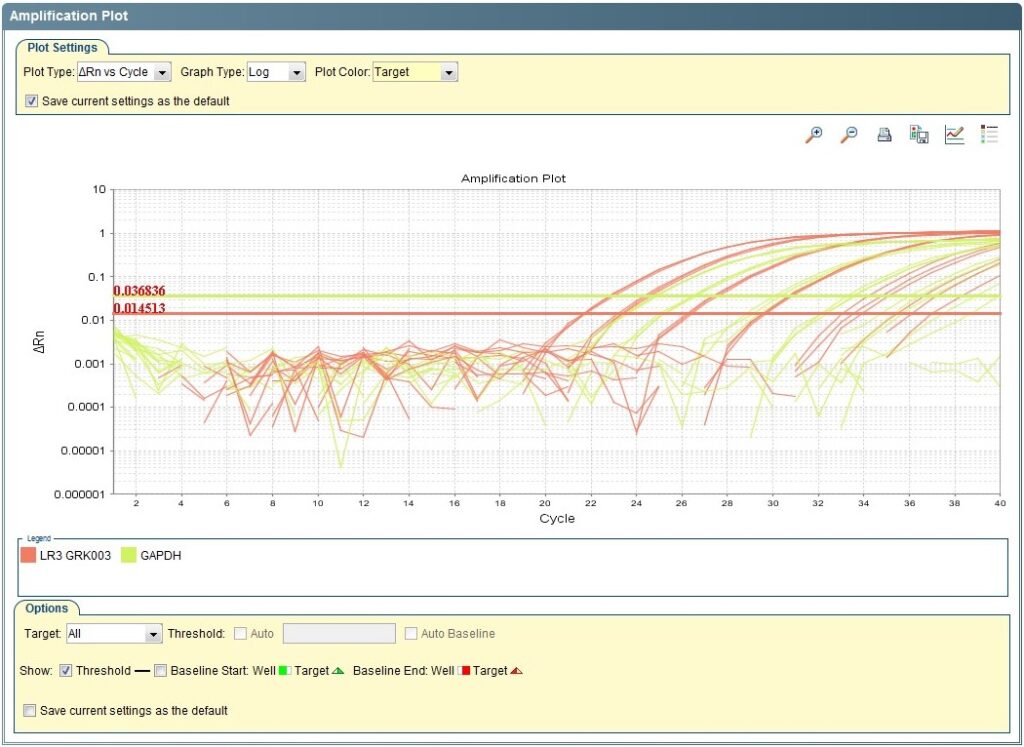
October 2024 – Nina Buljević joins the project team. Nina Buljević is a PhD student who graduated at University of Zagreb Faculty of Agriculture on master’s thesis “Determination of volatile compounds in wine using the SPME “Arrow” technique”. As part of the project, Nina Buljević will work on virus detection using nanopore sequencing and the influence of viruses and water stress on the behavioural patterns of vine mealybug (Planococcus ficus Sign.)

September – October 2024 – Optimization of protocols for grapevine hormones and plant water potential. The protocol for determining the content of grapevine plant hormones with the UHPLC-qTOF system was optimised. A total of 16 phytohormones belonging to five basic groups were identified: abscisic acid and its derivatives, auxins, cytokinins, jasmonic acid and its derivatives, and salicylic acid. Protocols were established for the measurement of plant water potential, volumetric water content in the substrate, gas exchange and multispectral analyses.
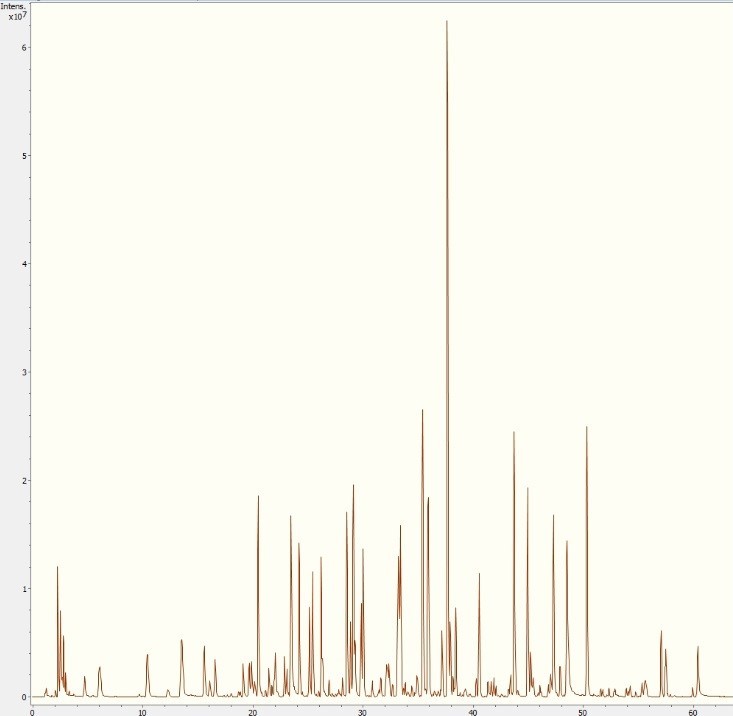
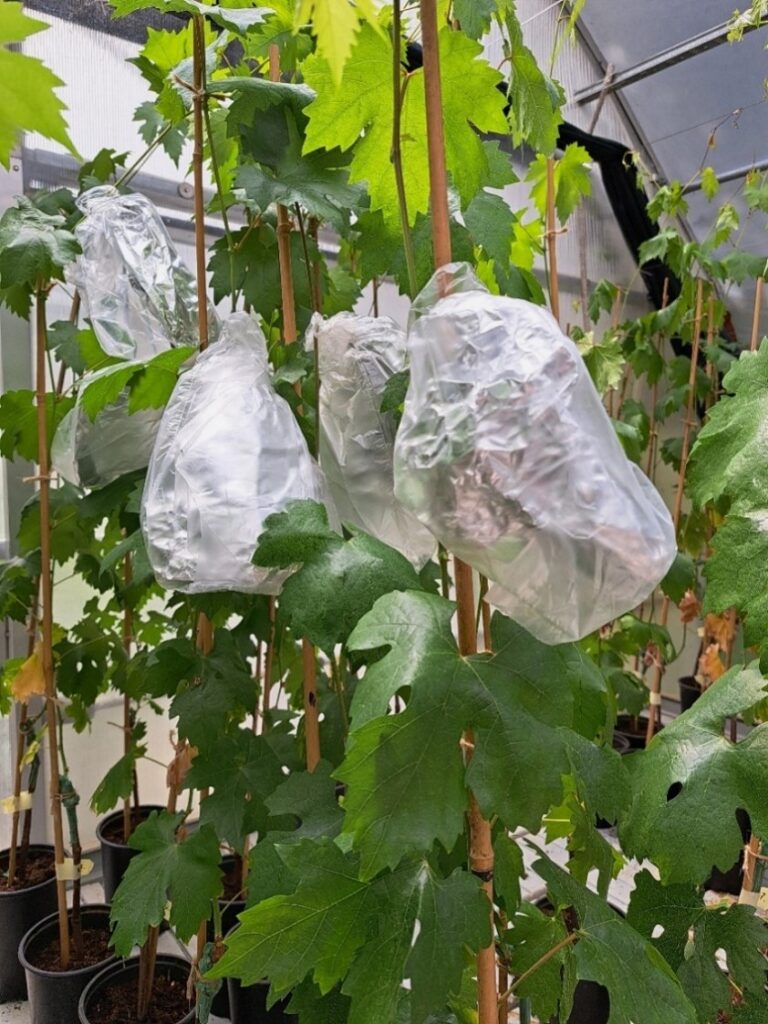
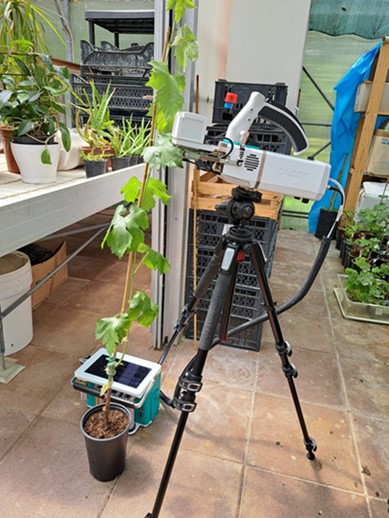
August 2025 – Grapevine leafroll-associated virus 3 (GLRaV-3) transmission trials – as a source of GLRaV-3 grapevine accession GRK-003 from “in vivo” virus collection was used. Cages with vine mealybugs were mount on GRK-003 and lateron transfered to virus free rooted cutings of Plavac mali clone PMC-012. Alternatively, transmission of GLRaV-3 was conducted by green grafting
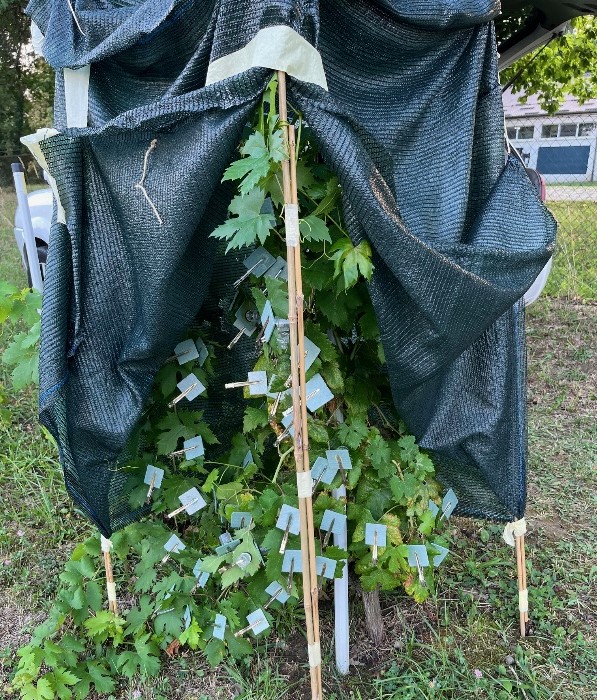

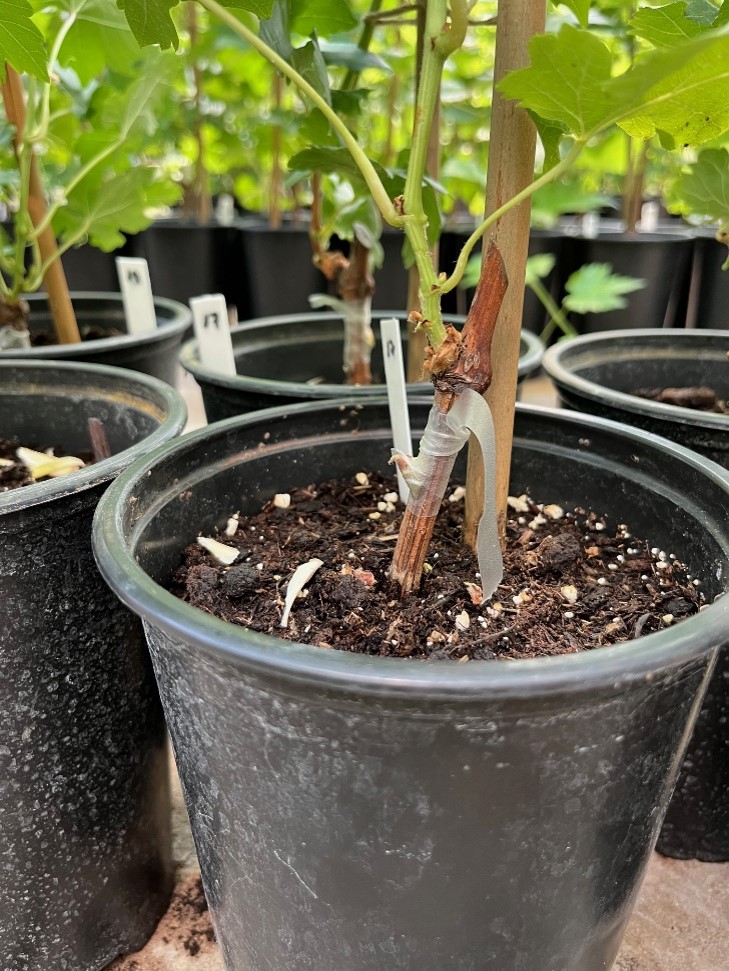
April – September 2024 – vine mealybug lab colony – colonies of vine mealybugs (Planococcus ficus Sign.) established in the laboratory on butternut sqashes
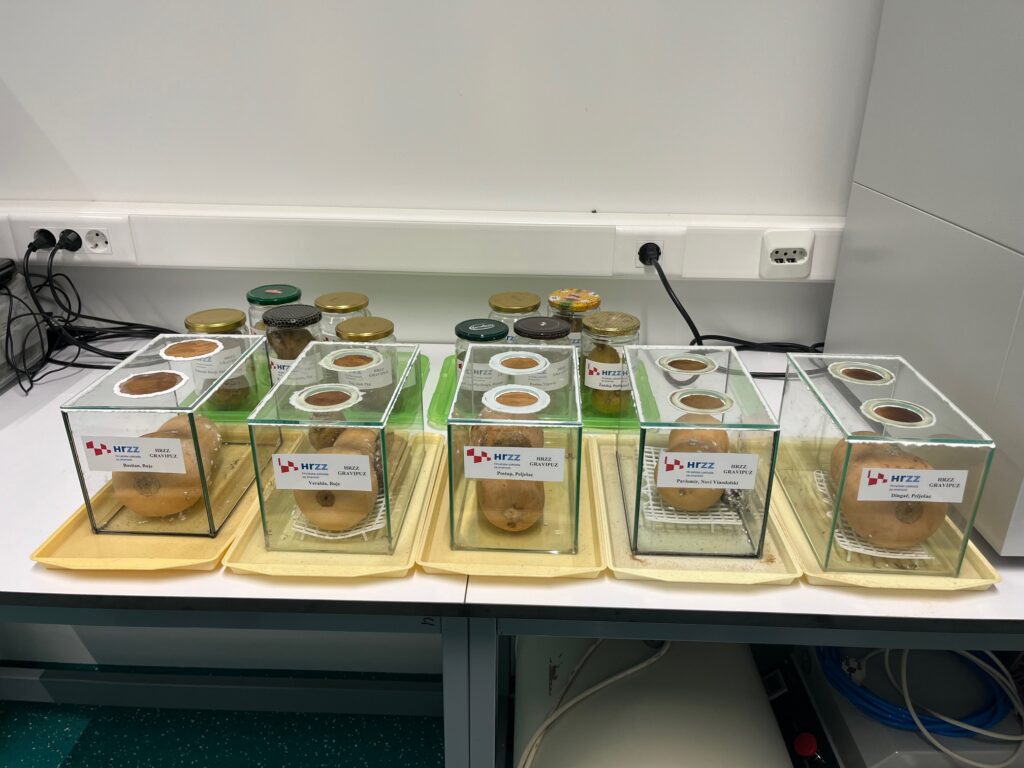
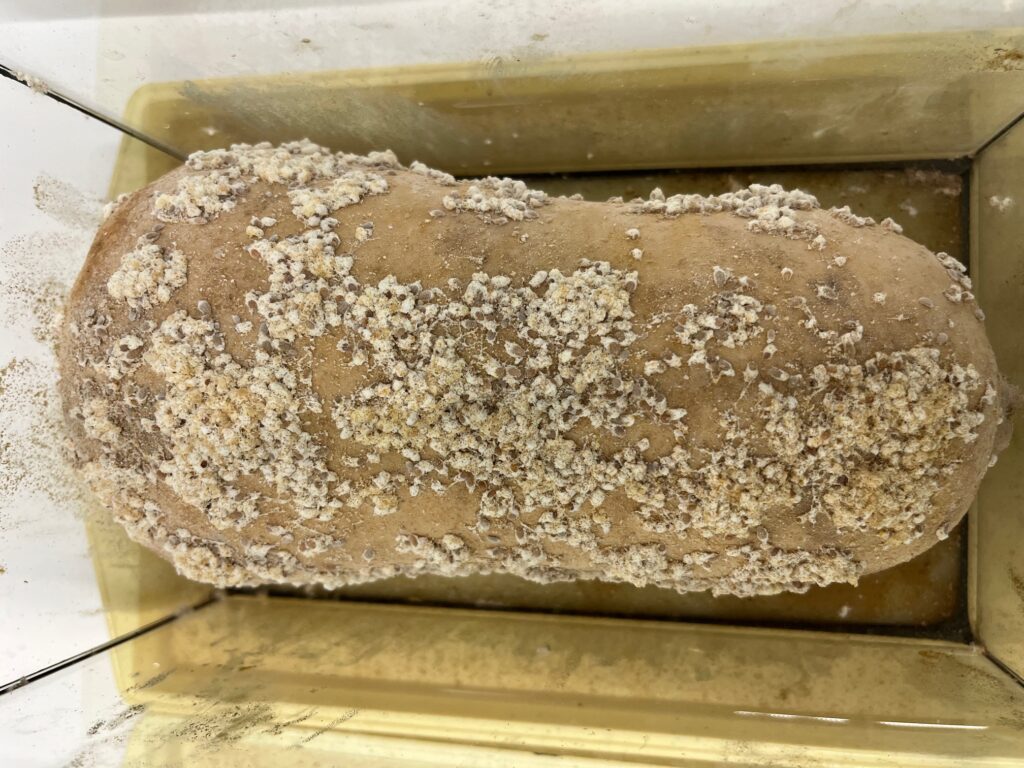
March 2024 – Preparation of cuttings for rooting – after ELISA and RT-qPCR tests, clone 12 of ‘Plavac mali’ (PMC-012) was selected as virus-free and suitable for our experiments. The cuttings were collected at the experimental station “Jazbina” (Department of Viticulture and Enology, Faculty of Agriculture, University of Zagreb) and prepared for rooting under greenhouse conditions.
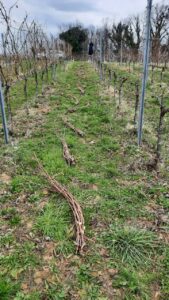

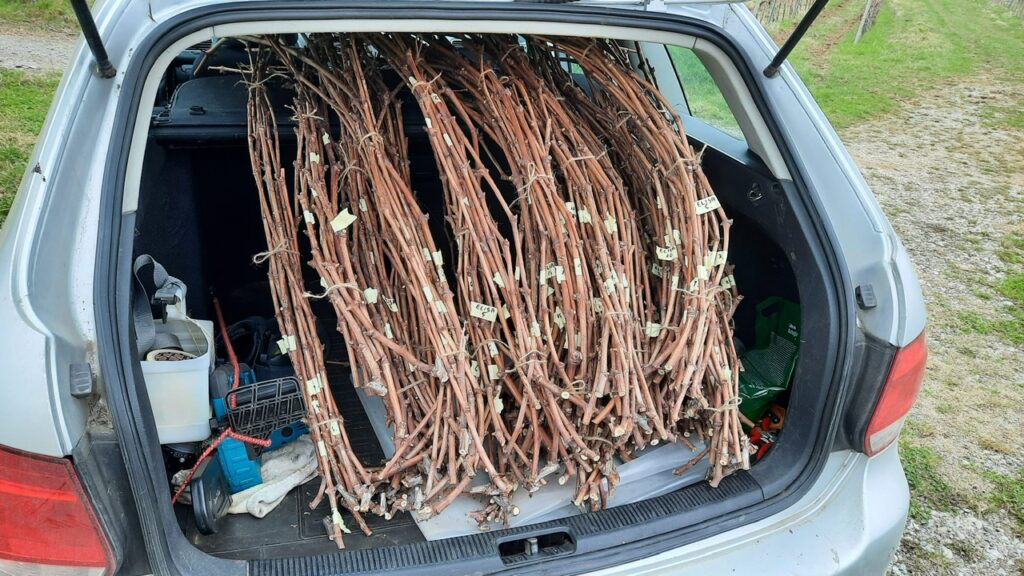
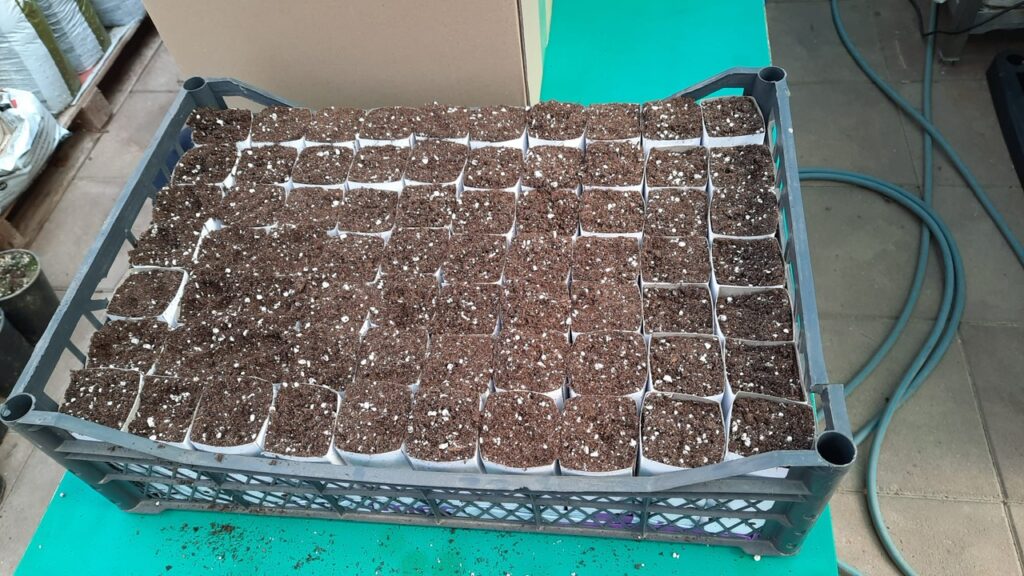
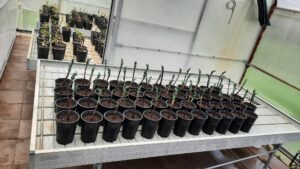
February/March 2024 – vine mealybug survey – since we lost our mealybug colony at the Derartment of Plant Pathology lab (University of Zagreb Faculty of Agriculture), we visited several vineyards in different locations (Zadar, Pelješac, Vrgorac, Poreč, Krk, etc.) to collect overwintered females for the new colony. We examined over 200 vines, and on several locations found couple of adult females. Hopefully they will surivive on butternut squash and/or potato sprouts in our lab.

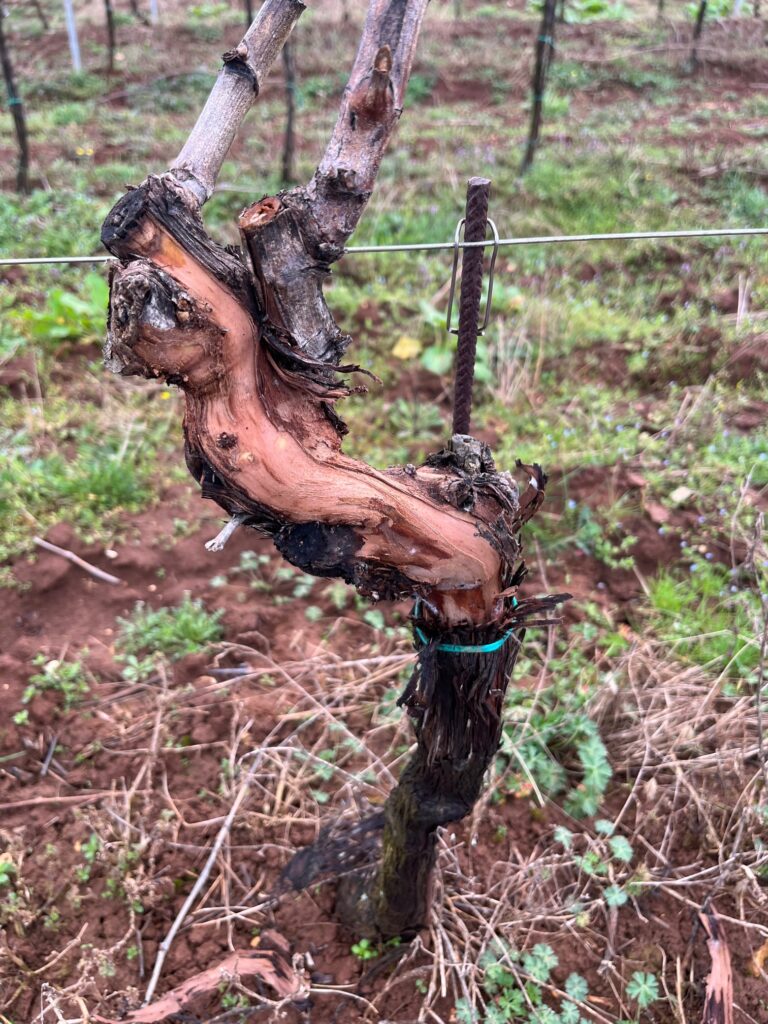
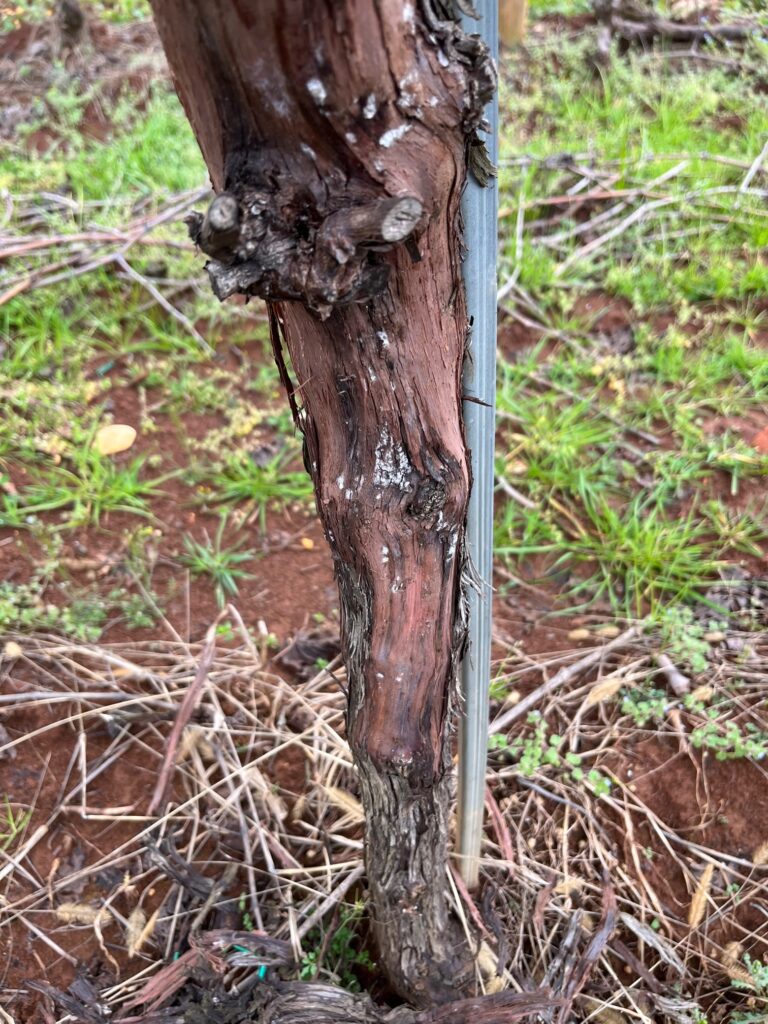
February 2024 – Jazbina Experimental Station (Department of Viticulture and Enology, Faculty of Agriculture) – start of selection of virus-free plants of the ‘Plavac mali’ variety to be used as a source of cuttings for the project’s experiments
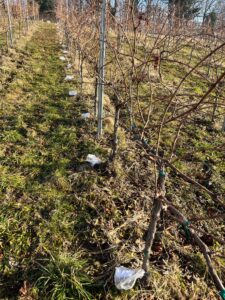


January 2024 – Minion Mk1C arrived – after almost 10 years of planning how to get this device, it is finally in our hands!!!! Hopefully it will fulfil all our expectations regarding the detection of grapevine viruses!!! We are slowly acquiring all the equipment needed to implement the project.
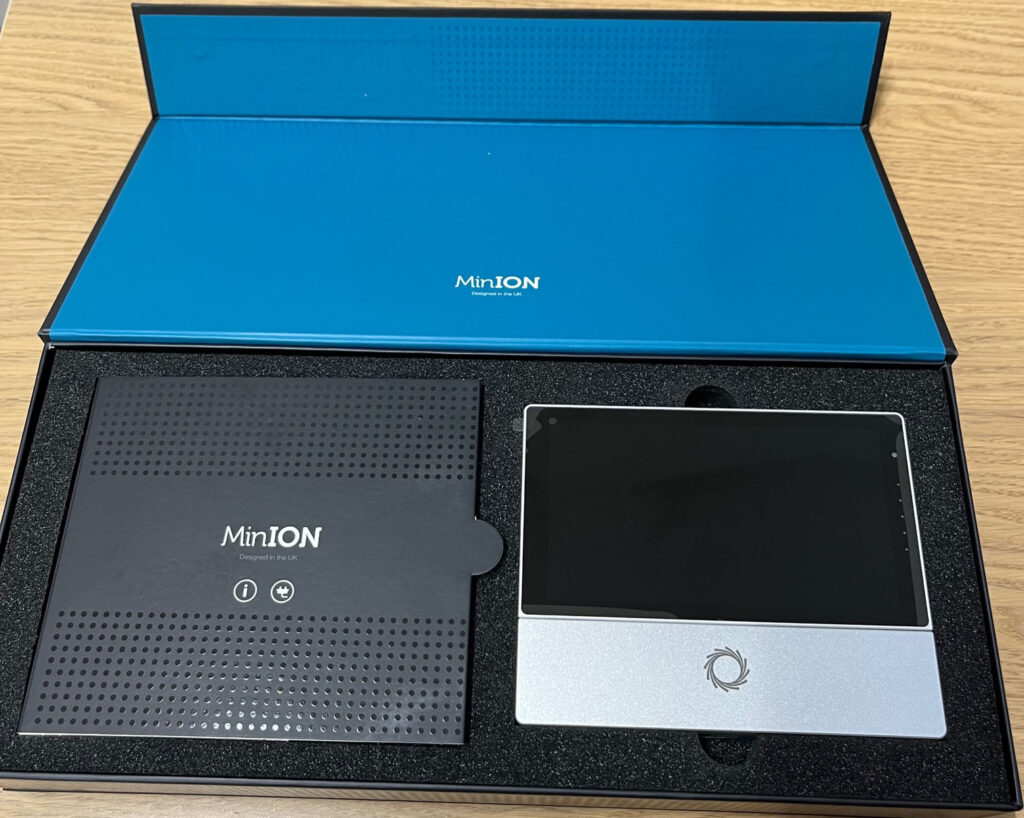
January 2024 – Quest for mealybugs – as we have lost our old colony of vine mealybug (Planococcus ficus Sign.), we have started to study different vineyards to establish a new colony in our laboratory.
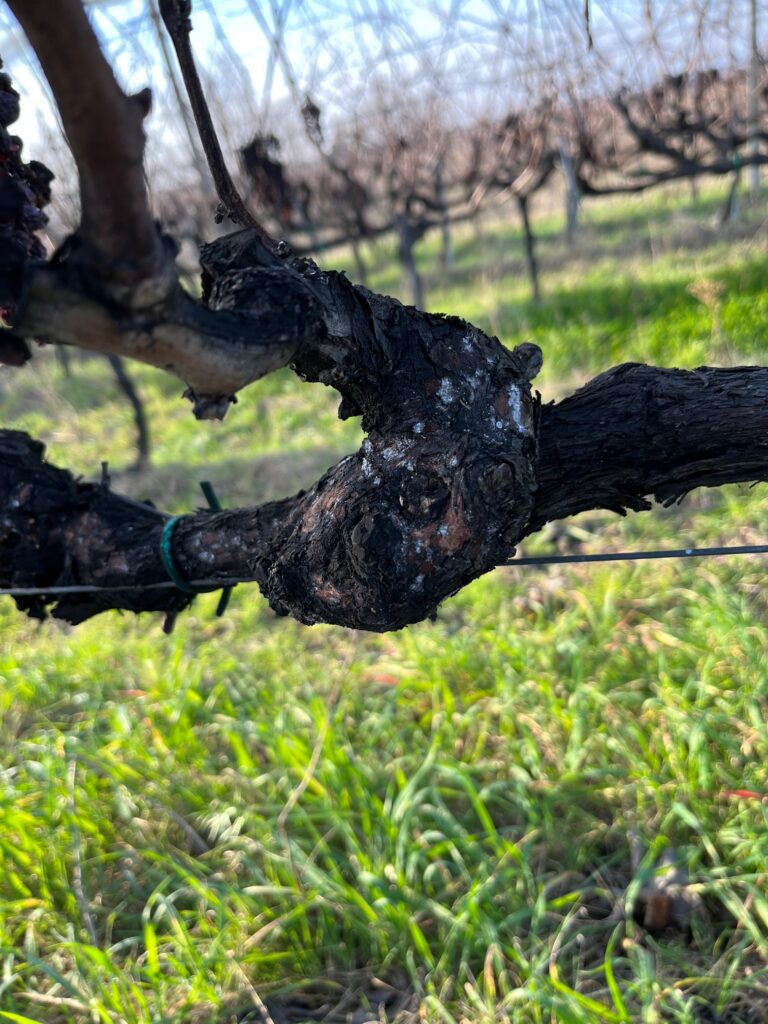
Team
Publications


Contact Us
If you have any questions, please do not hesitate to contact us.
Department of Plant Pathology
Svetošimunska cesta 25
10 000 Zagreb
P: +385 1 23 93 971









